
[Home Theater Network HDAV.com.cn] Everyone is concerned about the topic of speakers. Various topics, such as electrical and acoustic aspects, today we talk about the topic of speaker design, but also open another window for everyone. In fact, the information on the Internet is also very scattered. We will share the information and feelings collected in our recent days. I hope to help you design your own speakers.
Source of design
In the past 100 years, most of the articles were made by artisans in small quantities, and there was no design. After the industrial revolution, after the mass machine was produced, the design of this word gradually came to the surface in order to meet the requirements of more people. Now people's requirements for items are not only functional, but the appearance is a bridge between people and goods. If you listen to the sound of the speaker, if the appearance is incompatible with people's aesthetics, I believe it will not be welcomed.
I tried to talk about the design of the speaker from history, design style and culture.
first time
History of speaker design
1930s
The earliest speaker
Building and speaker
The electric speaker (horn) was invented in the 1920s, and the speaker is slowly approaching life with the invention of the speaker. As a new thing, the speaker has no previous basis for reference, so people get inspiration from architecture and furniture.
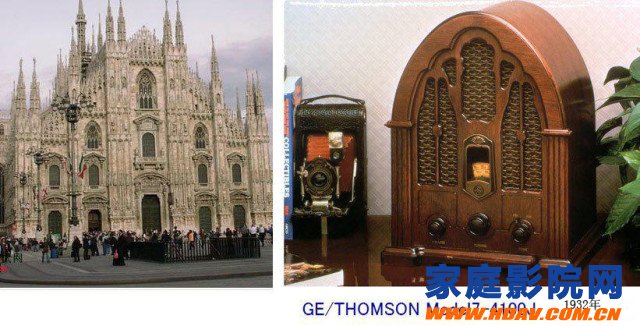
With reference to the symmetrical structure of the Gothic building, the low height of the middle side and the shape of the top arch, it is simplified to form such a speaker shape.
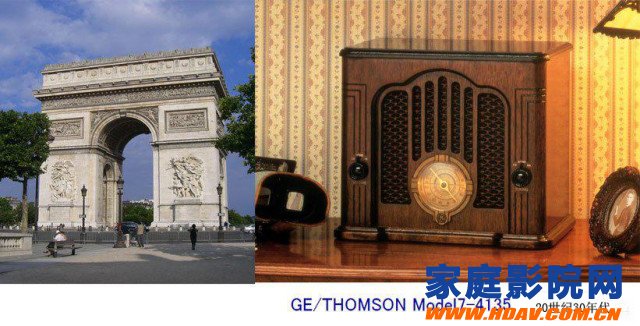
The picture on the left shows the famous French Arc de Triomphe, and the speakers on the right side draw on it.
At that time, there was still a legacy of handcrafted craftsmen. Any utensils were decorated with care. These speakers (radio) are in line with tradition.
2040s
Furniture speaker
The speakers began to become part of the furniture and played to the extreme on large speakers such as the JBL.


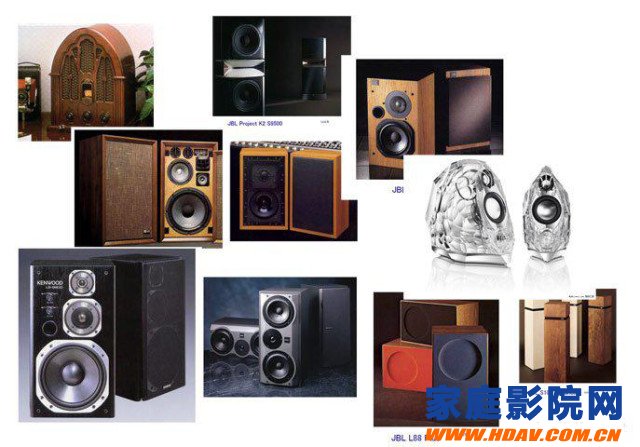
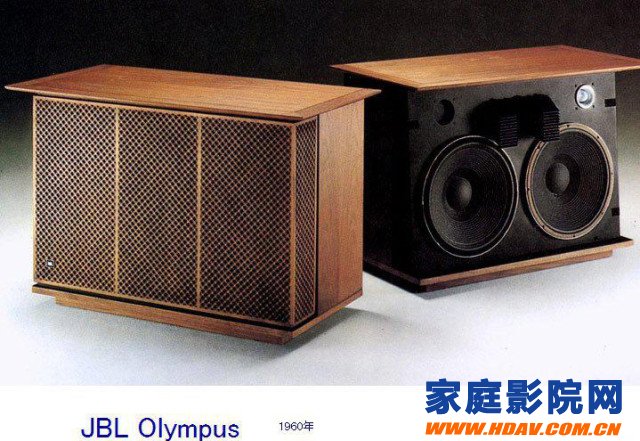
In the 1960s, the properties of the speaker as an electrical appliance were clearly defined, and the complex decoration that was not related to the function was gradually simplified.
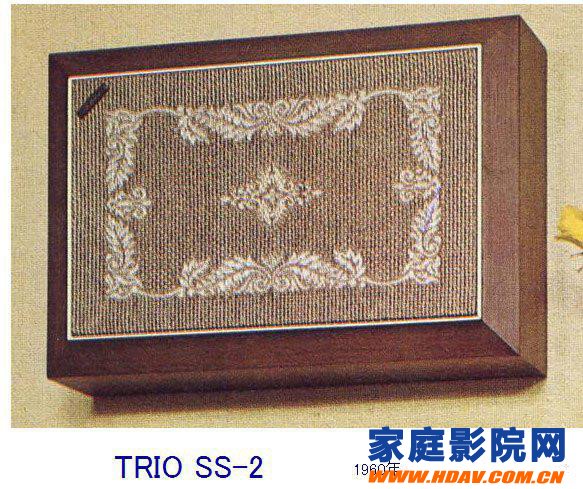
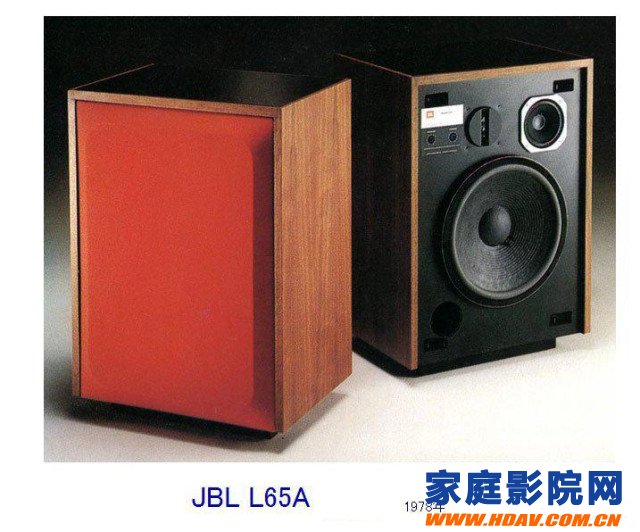
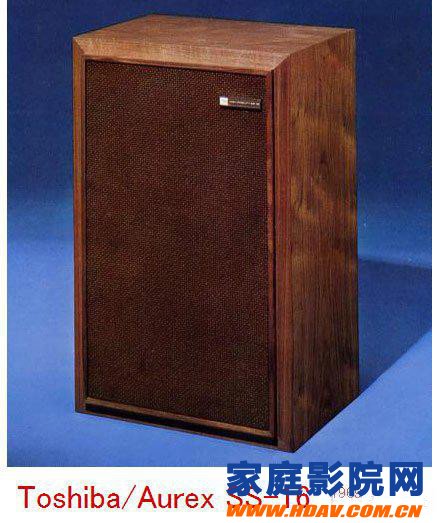
The frame-structured speaker has a prominent frame that is a mainstream design for a long time.
Electroacoustic technology has developed rapidly in the next 30 years, and our current electroacoustic theory has been fully formed in the 1970s.
During this time, the technology of the speaker is constantly improving, but the shape is basically based on the square frame, and there is not much decoration.
Founder's frame structure, the production process is relatively simple, suitable for mass production,
In fact, at that time, more emphasis was placed on sound rather than appearance decoration. Before the 70s, the speakers were mainly simple.
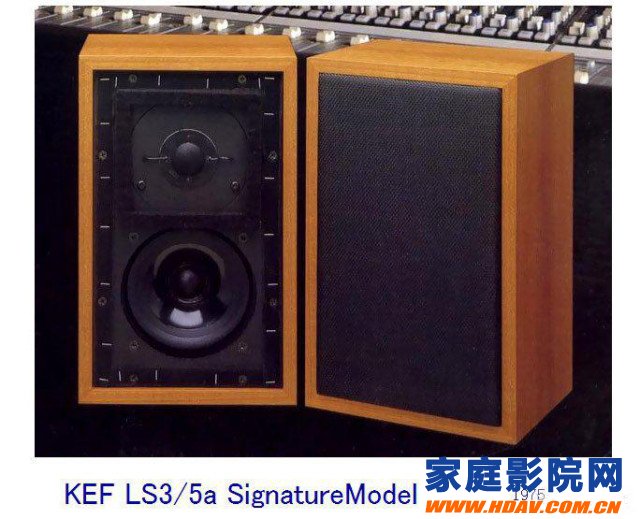
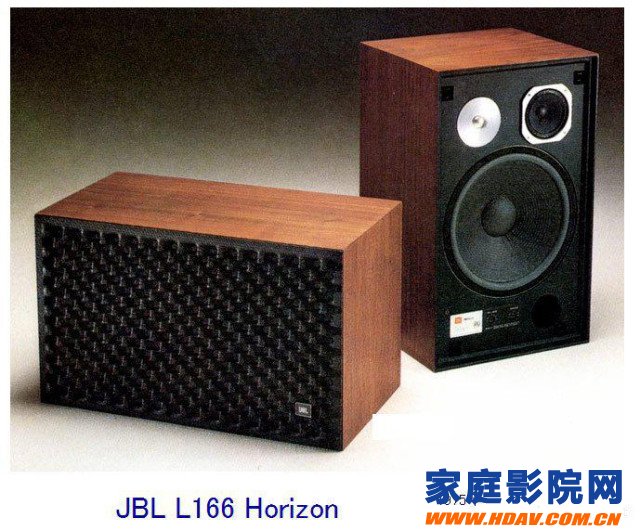

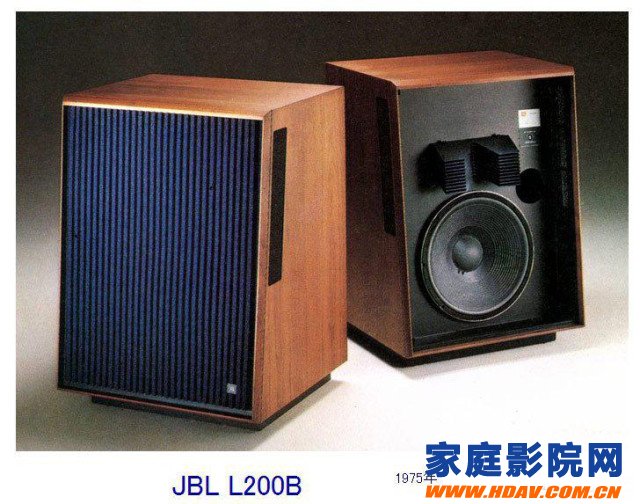
Industrial speaker design
The development of the industry, the speaker also followed this trend, like a machine, with distinct edges and corners, with a metal color protruding speaker frame
The following styling is representative of the industrial age, as the mainstream shape, continued until the 80s.
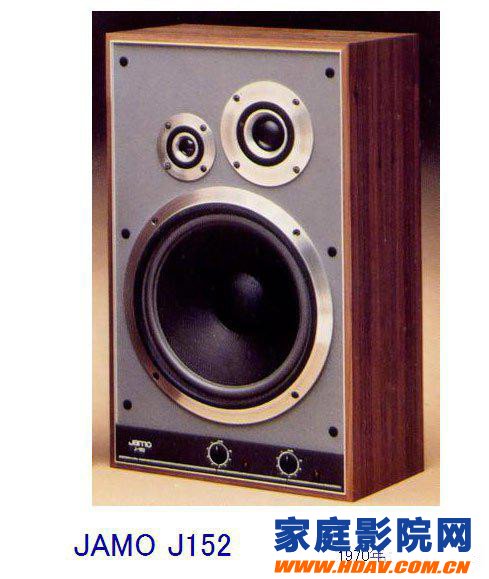
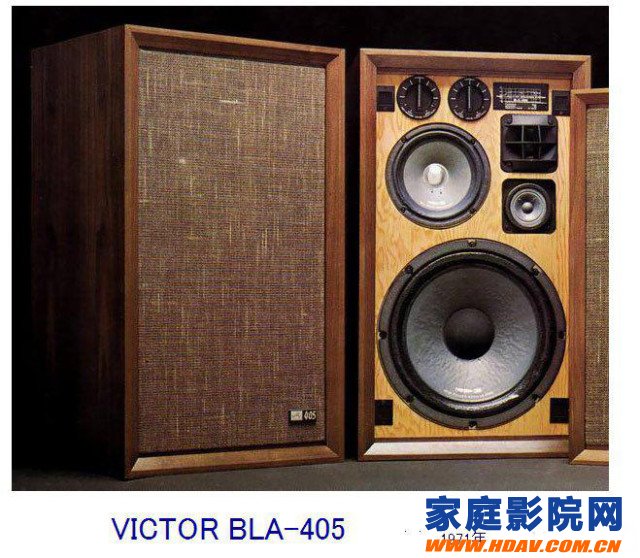
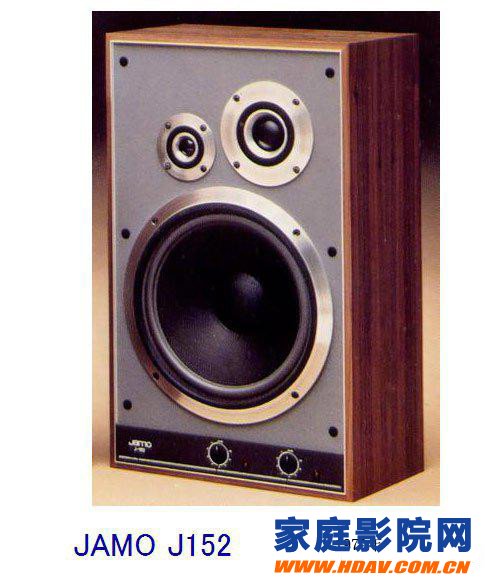
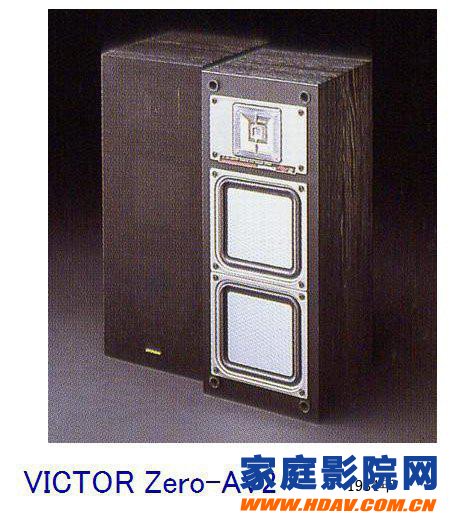
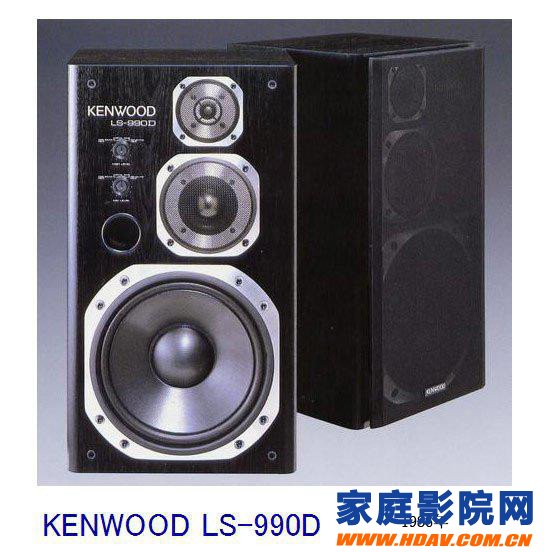
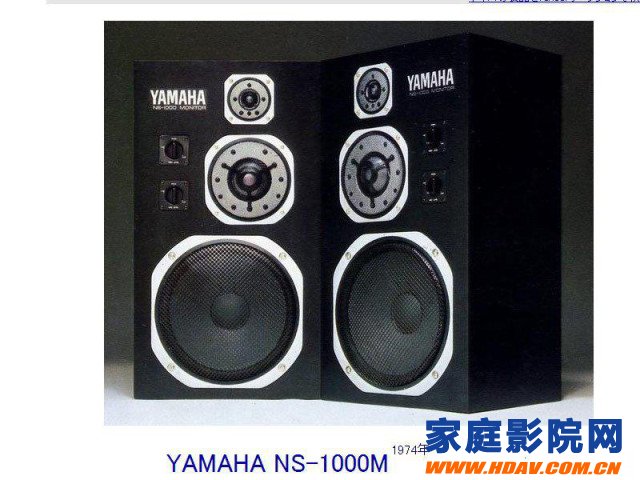
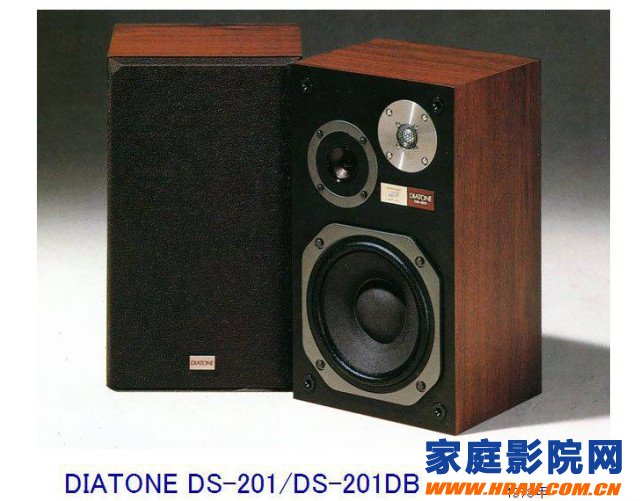
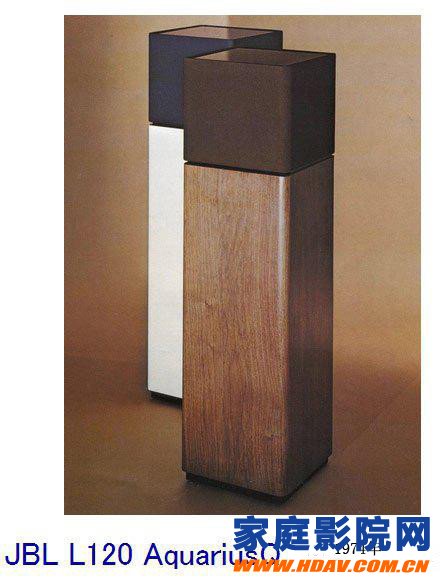

Avant-garde minimalist design
The sound technology in the 1970s was very mature, and the appearance of art design was valued. People are no longer satisfied with the same rules, and began to have personalized pursuits. At that time, there were a lot of avant-garde designs, and some designs still look very popular today.
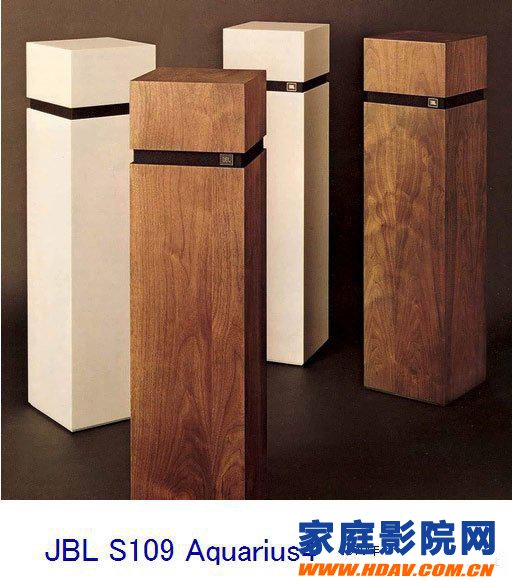
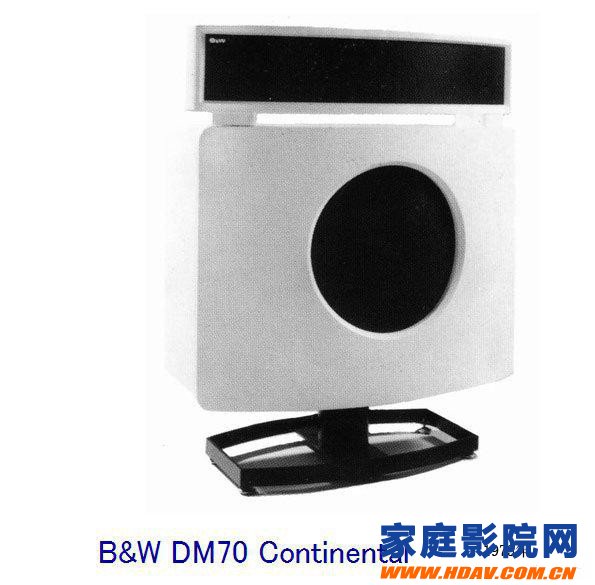
Fever wind in China from the 1990s to the present
In the era when Chinese fever was the most popular, the audio entered the family in large numbers, and many of the friends here also started to have a fever from this time.
The most classic and most mature speaker shape was formed at this time. So far, the woody style is still the mainstream.


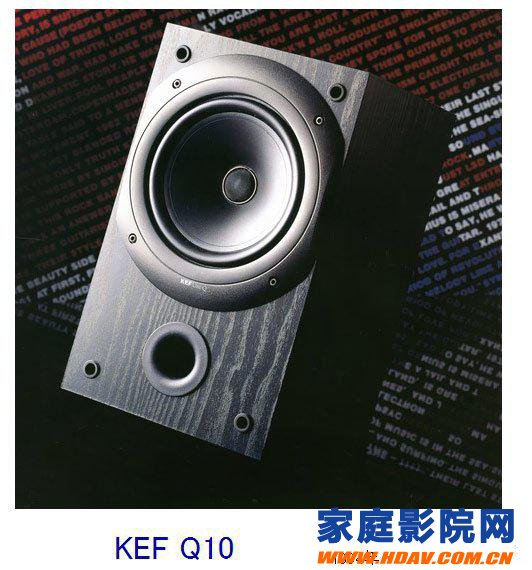
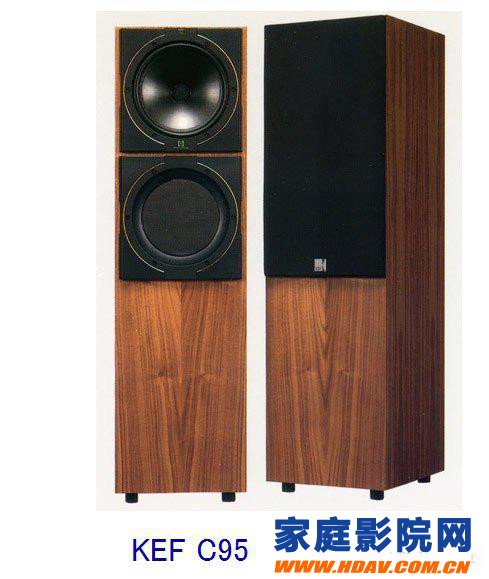

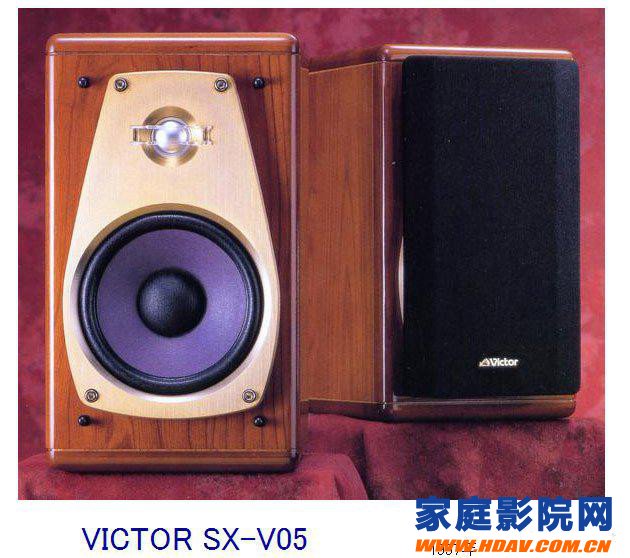
Some domestic speakers in the 1990s, the style is quite satisfactory.
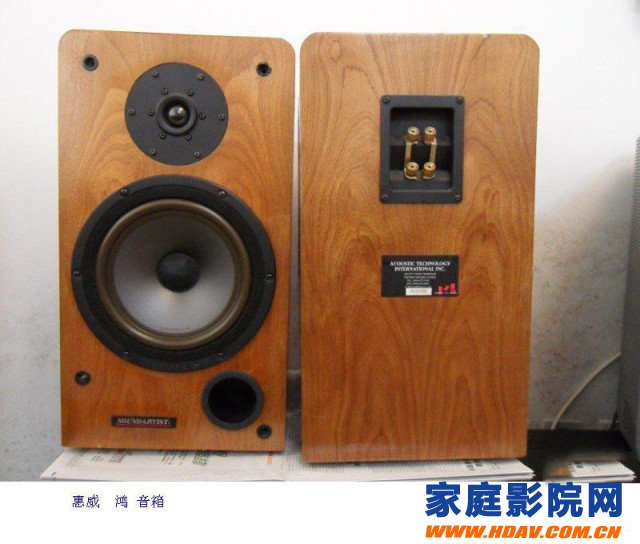
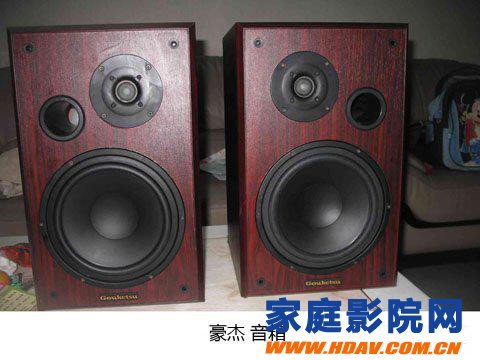
In the 21st century, the fever boom gradually receded, and various streamlined, dynamic, and structural design concepts were integrated into the sound. The user positioning of various speakers was very obvious. Large and small, various kinds of speakers appeared on the market. Of course, this time The attention of the shape is unprecedented, with exaggerated, retro, and avant-garde in the market, the selling point of the shape exceeds the demand for sound. For the user needs of the speaker, it is gradually subdivided into computer multimedia boxes, AV home theaters, HIFI viewing boxes, professional speakers and so on. At the same time, it is also subdivided into various grades, from tens of dollars to hundreds of thousands. Poor and poor, the rich can play luxury speakers. This is a time of personalization.
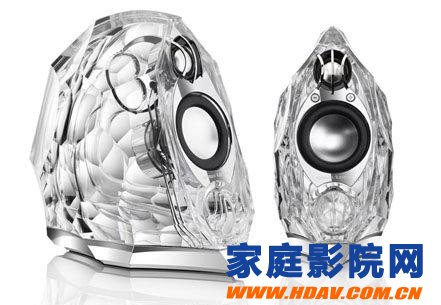
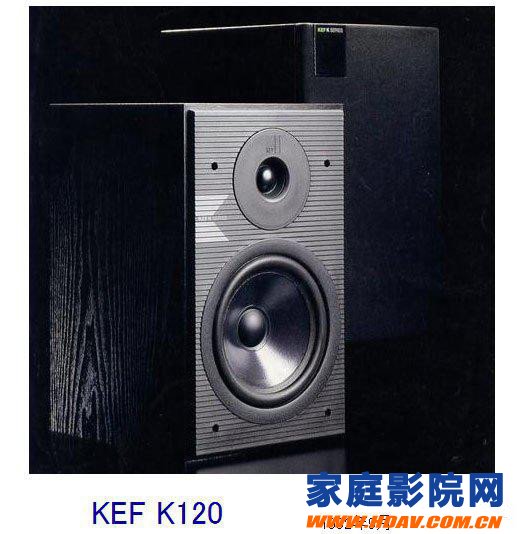
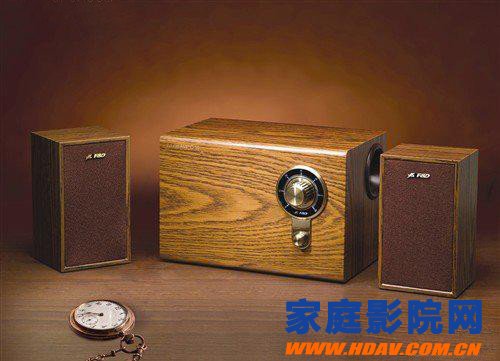
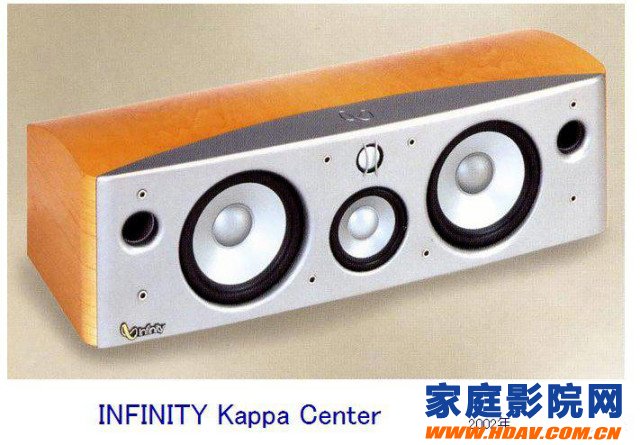
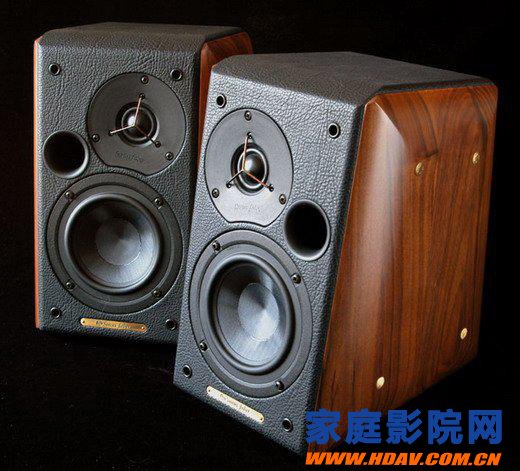
The second design style analysis
1, classic perspective
Time is relative, we have found future trends in past history. Reinterpreting nostalgic emotions. Nostalgia gives the current trend a more elegant style, not exaggerated, the past and the future are mixed with an elegant, solemn, low-key taste.
Due to process limitations in the early industrial products, the corners were often decorated with borders. This framed design became a retro inspiration.
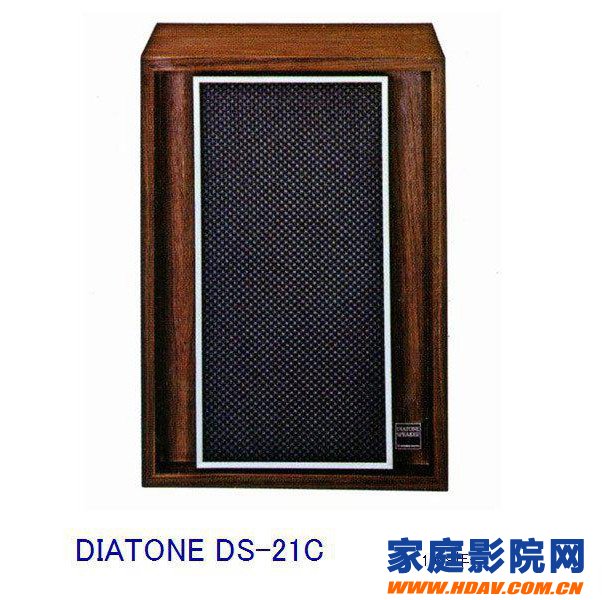
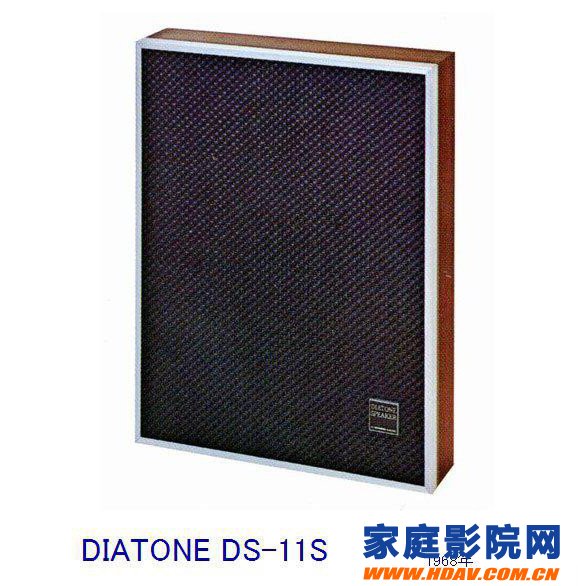
Early speakers often have border decorations
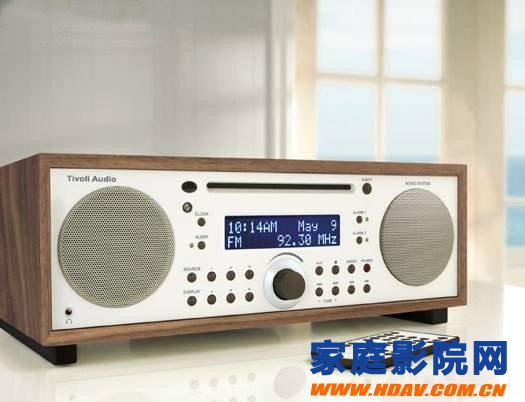
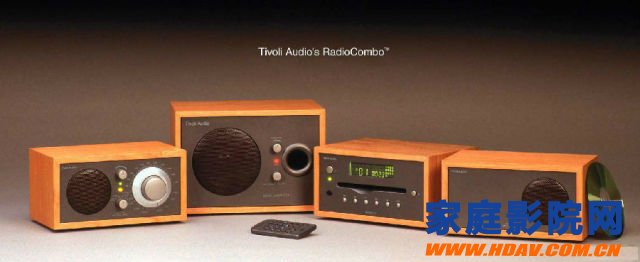
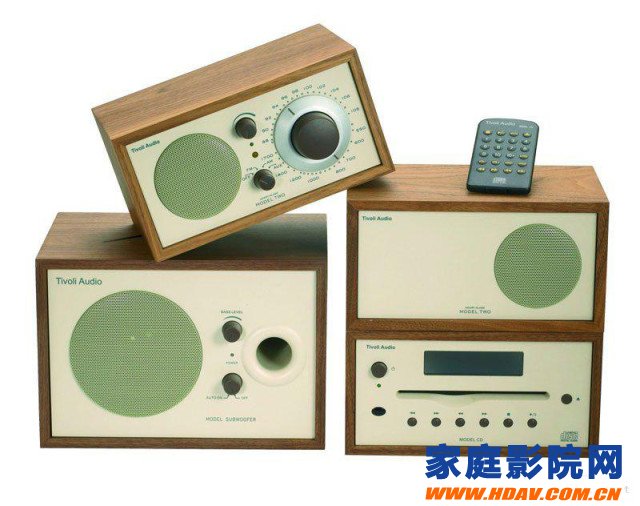

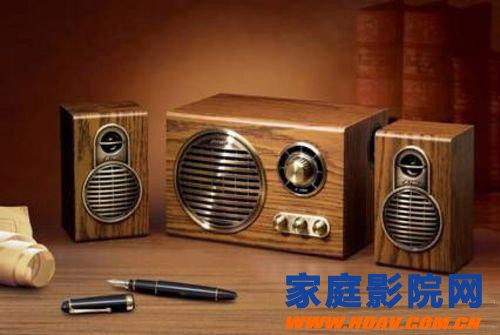
The Golden Years series mini radios, speakers, using traditional techniques
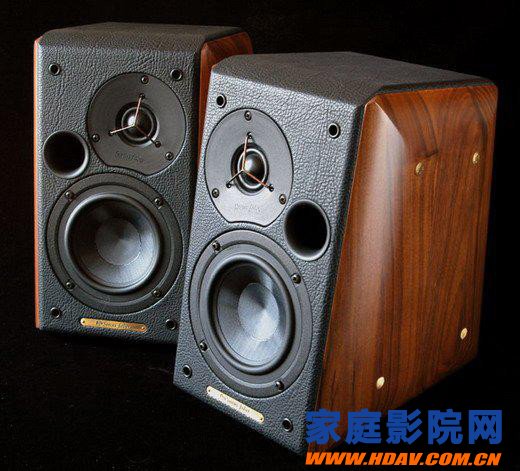
The material is retro, with two different texture materials, classic tradition and modern technology produce a mix of nostalgic effects
Such an image often gives a noble impression
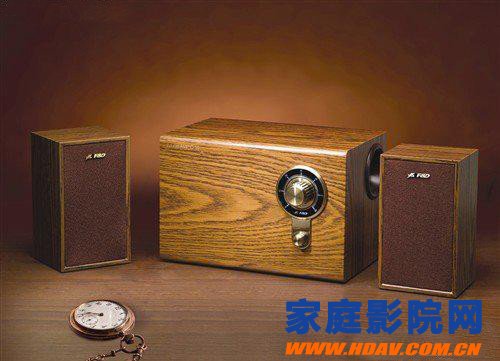
Bronze-colored active speakers
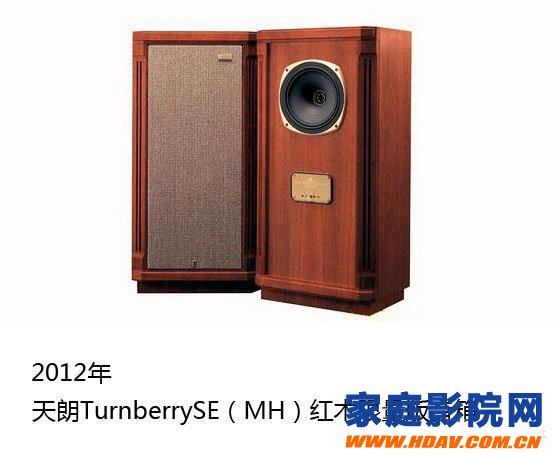
In 2012, Tianlang re-enacted the classic style of the past.
Decorativeism
Decorative patterns are a thing that is easy to go astray. In the past, the speakers will be decorated on the surface. Now there are similar kinds of auspicious clouds and blue and white porcelain, which may be more popular among women, but over-decoration is often wrong.

Now the domestic blue and white porcelain, Xiangyun decorative speakers

Pattern of early Kenwood speakers

2, dynamic streamline
Traditional craftsmanship can only produce square shapes, and new technology makes everything possible.
Combined sound system in the early 90s

SONY a77 Everything is flat. Later combinations gradually appeared curves
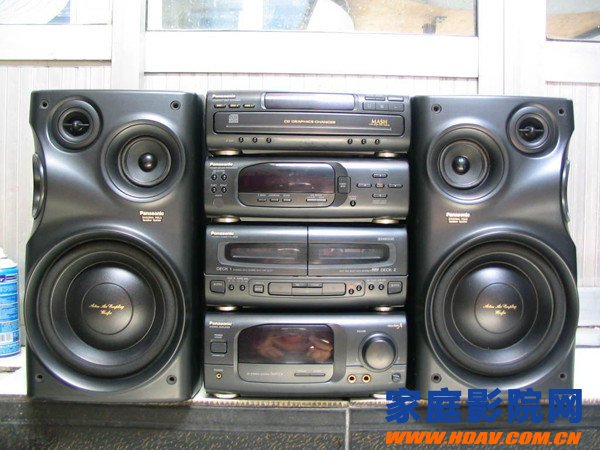

The panel curve of the US sound box is very flowing
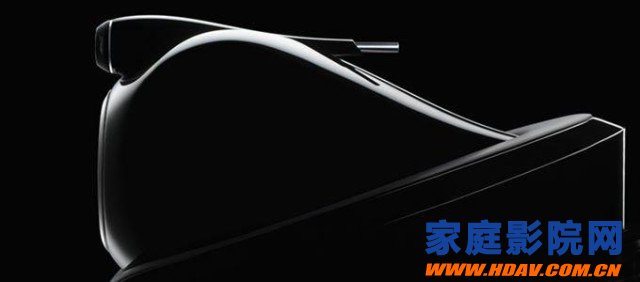
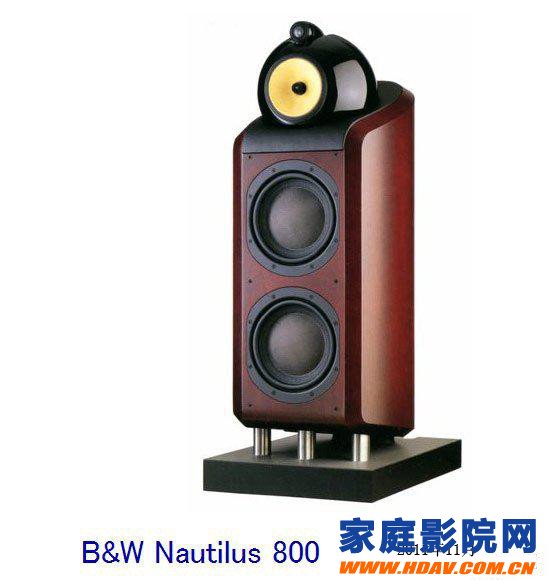
B&W's curves are smooth and full, sexy, and speaker streamlined panels
3, polygon cutting
Streamlined styles are always a bit ahead, or easy to be annoying. The shape of the polyhedral cut is full of personality, sharp and soft curves are full of contrast, often associated with diamonds, avant-garde buildings and so on. At the same time, from the acoustic point of view, the square shape of the standing wave is the biggest influence, and the cut angle shape is also conducive to sound reproduction.

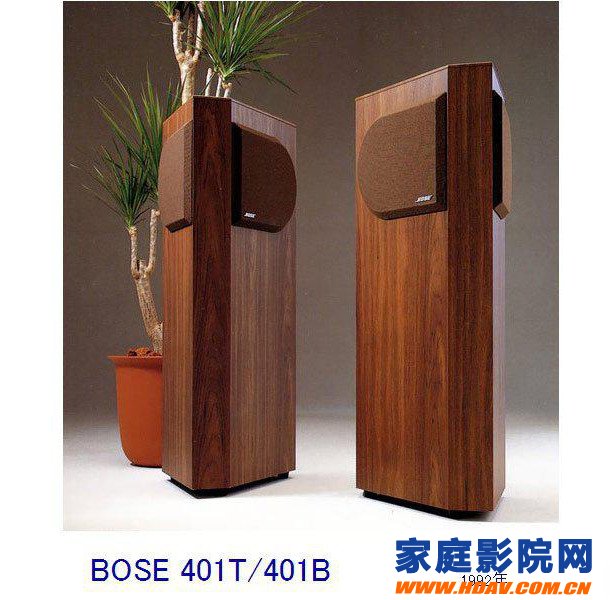
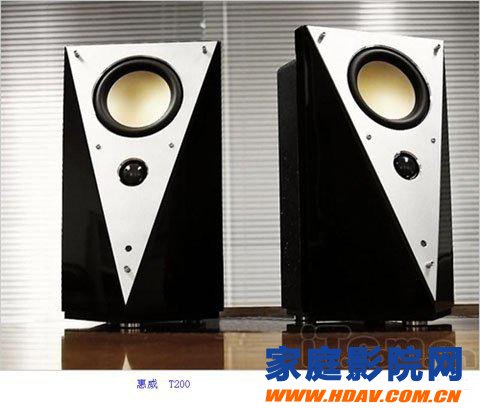
The hivi T200 inherits the triangle shape of its predecessors, and it is still famous in China.
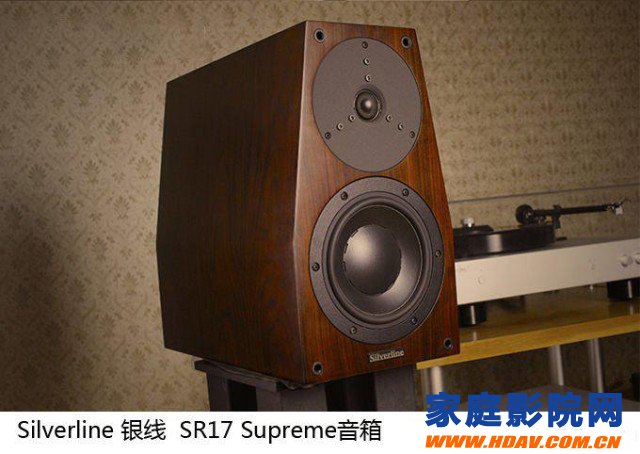
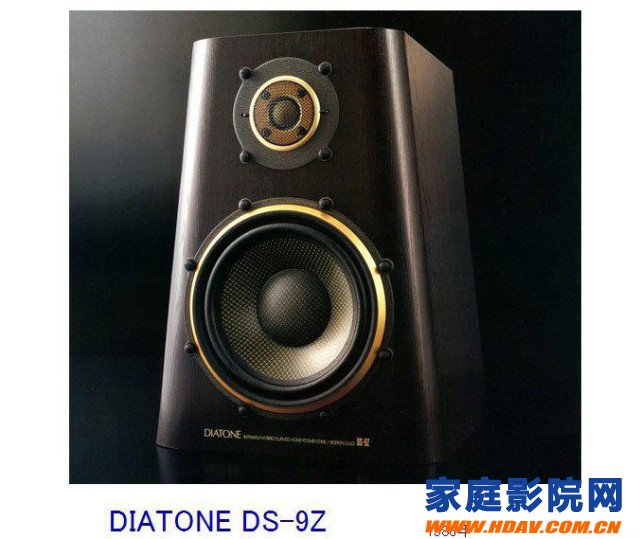
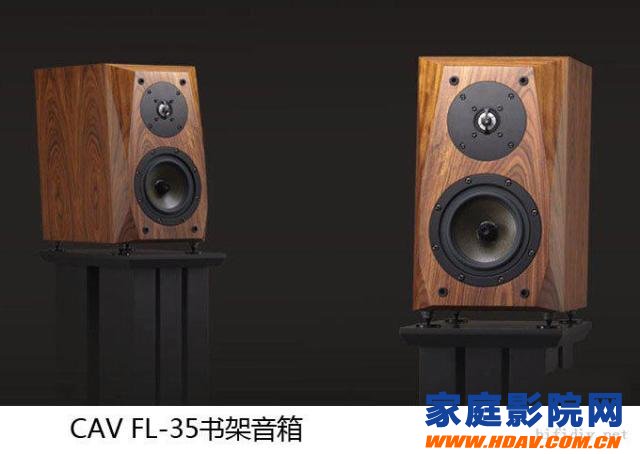
The above two speakers are very careful to use the chamfer shape, but not too exaggerated, suitable for users who are traditionally hopeful and have some freshness.
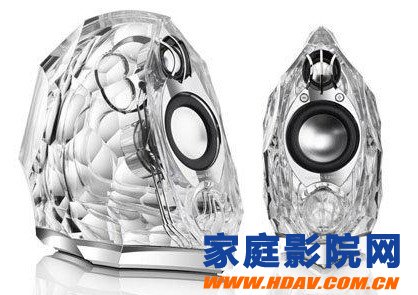
Harman Kardon’s crystal speaker launched in 2009, with irregular polygon cuts, like two icebergs
4, bionics
Bionics is a model that mimics a creature and is often complex and exaggerated. The most famous is the B&W Nautilus
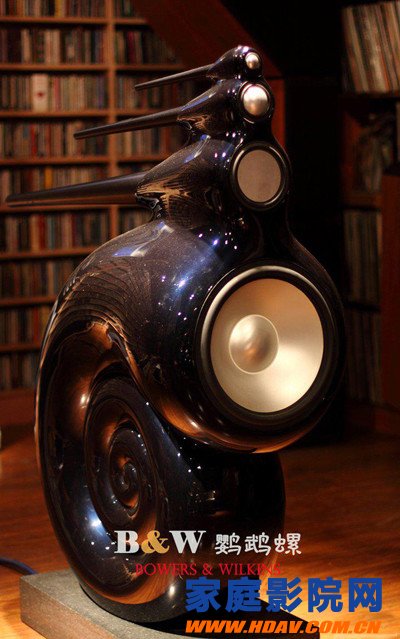
The rambler's rhinoceros horn speaker won the design award
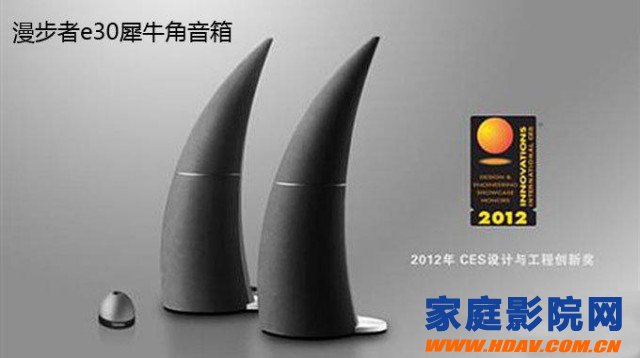
5, the mellow affinity
It is like a cobblestone, full, soft, full, natural curve, giving people a sense of intimacy and comfort.
Early speakers were difficult to see arc chamfered products due to process and cost reasons. Some rounded products gradually appeared in the 70s and 80s.
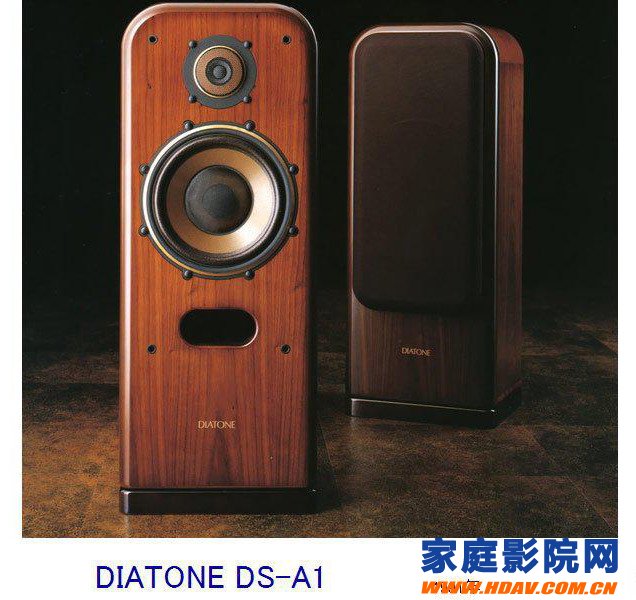
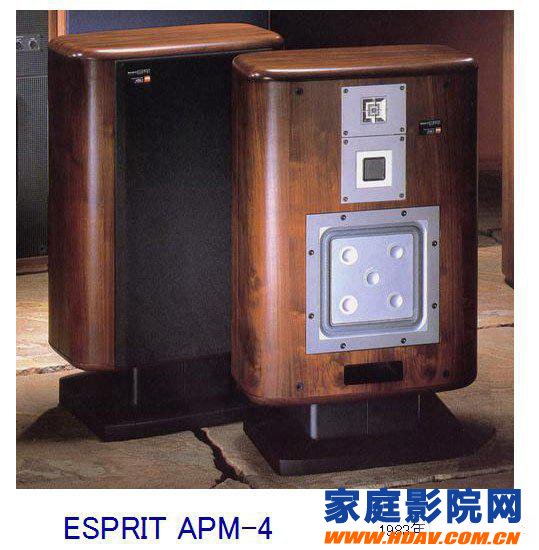
The early Chase and Victory speakers erased the edges and corners and gave people a sense of affinity.

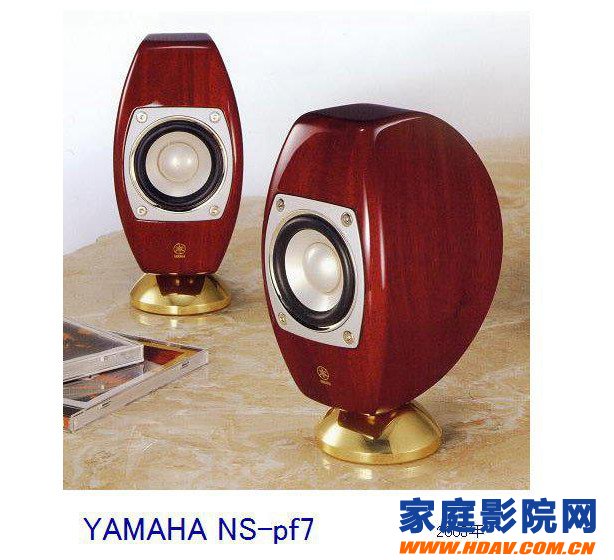

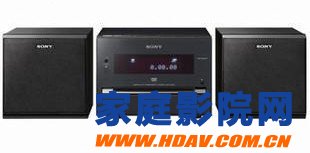
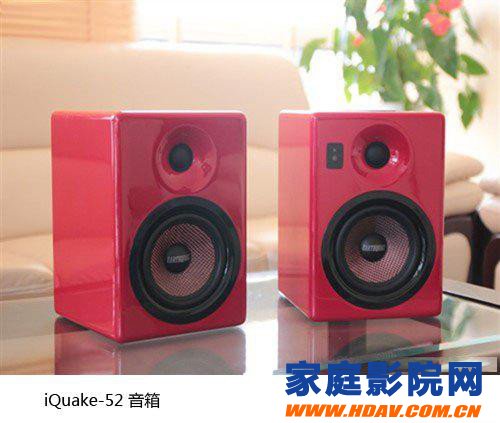
Colors combined with soft lines make such speakers attractive to home users.

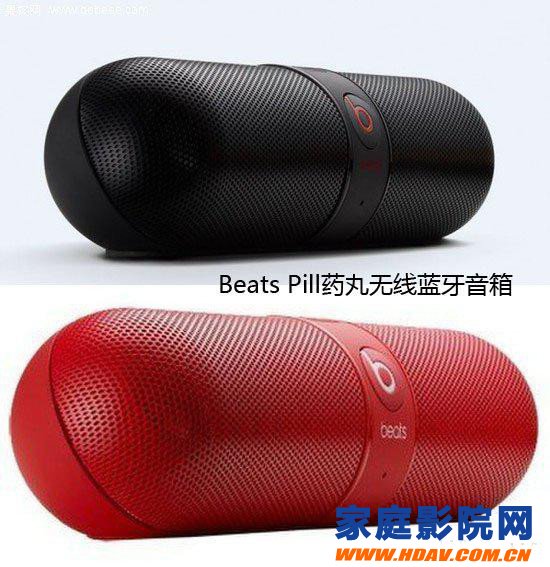
6, eternal minimalism
Minimalism was the art genre that emerged in the 1960s after the Second World War. Asking about the nature of the object, rationality, and flatness, is presented to the viewer in the most primitive form, with the intention of eliminating the sense of oppression. Minimalist and clean, no extra lines and decorations, full of Zen, a lot of six hundred, the color is mainly solid color.

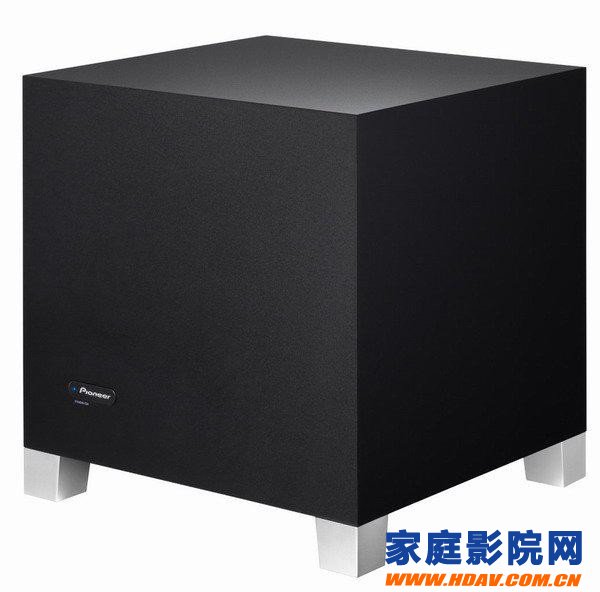
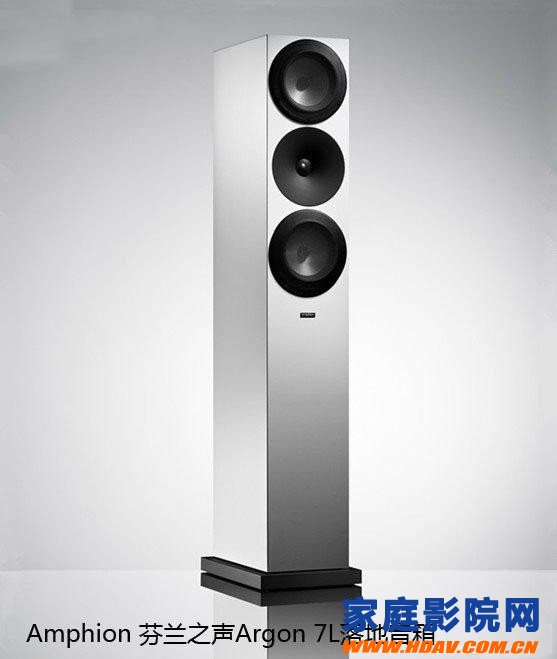
From minimalism to simplicity
Add some soft, humanized lines, angles, and colors to the minimalist to make it easier to get close to people. Apple is one of the best examples. This is the most popular design today.
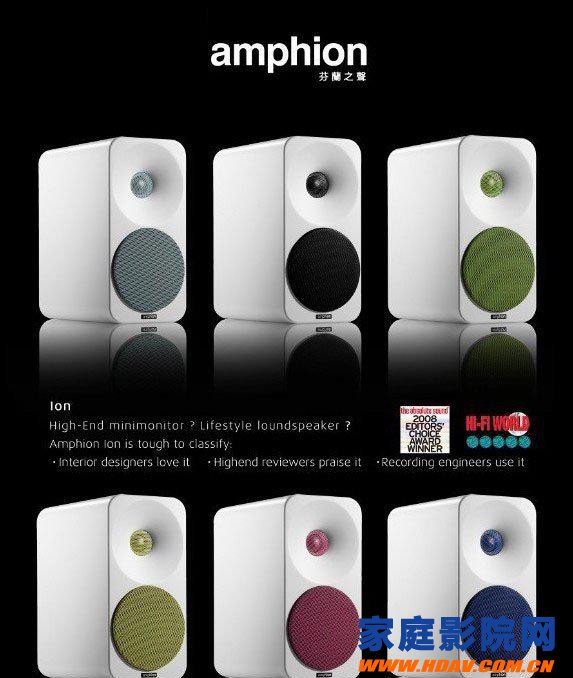

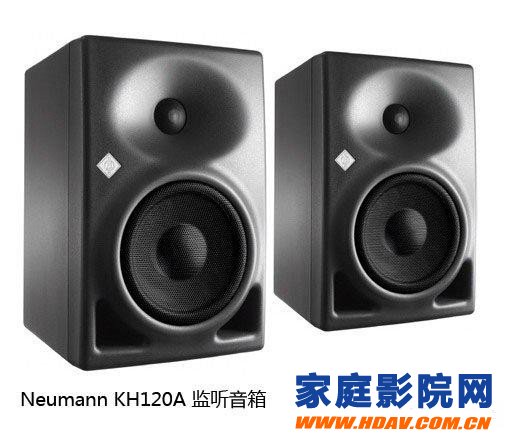
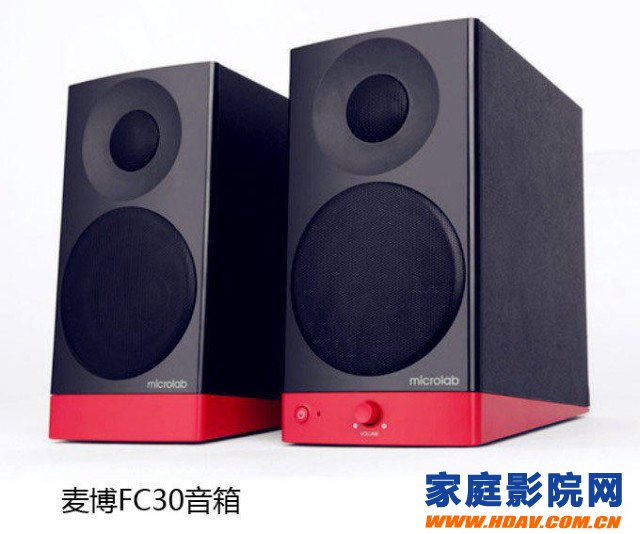
The Bird's Nest is a famous example of structural exposure. In the industrial age, some geometric elements of the industrial era are used to enhance the sense of shape and enhance the visual experience, such as screws, ribs, etc., to enhance the industrial sense of the speaker.
Finally, I will share some speakers with you.

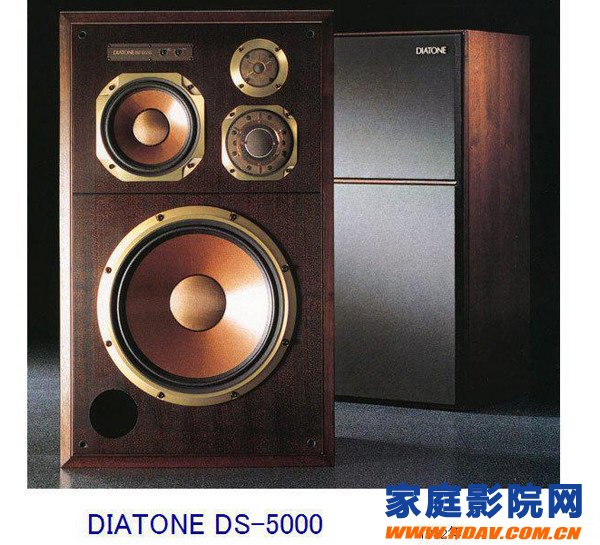
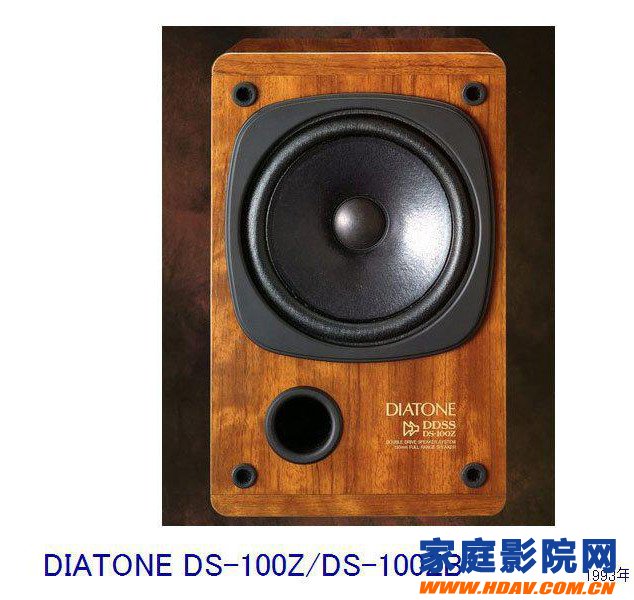


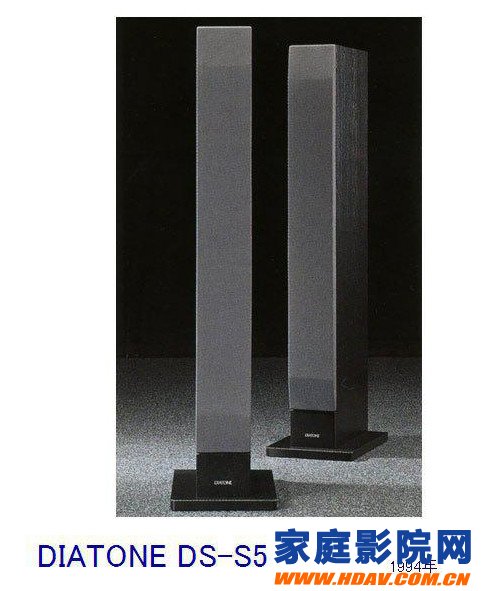
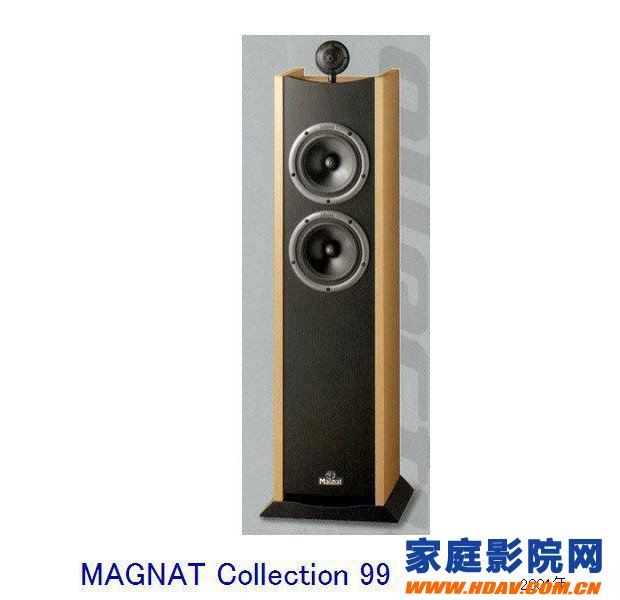
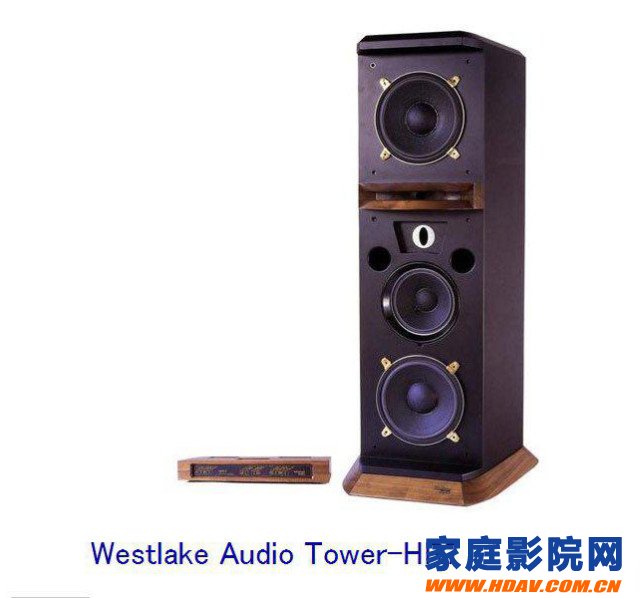

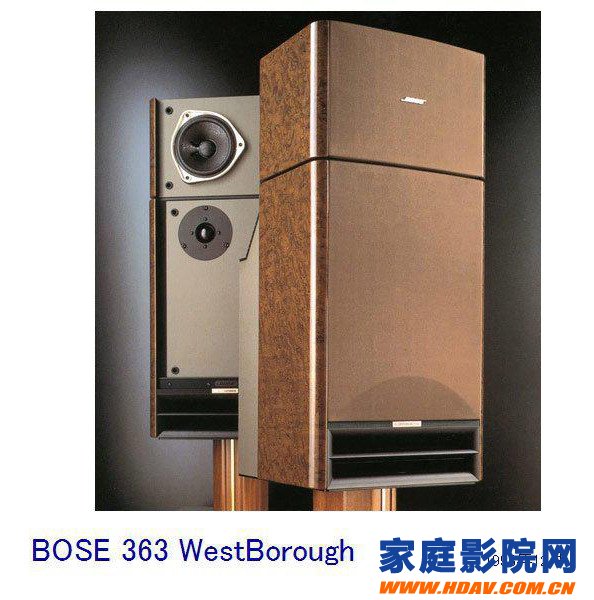


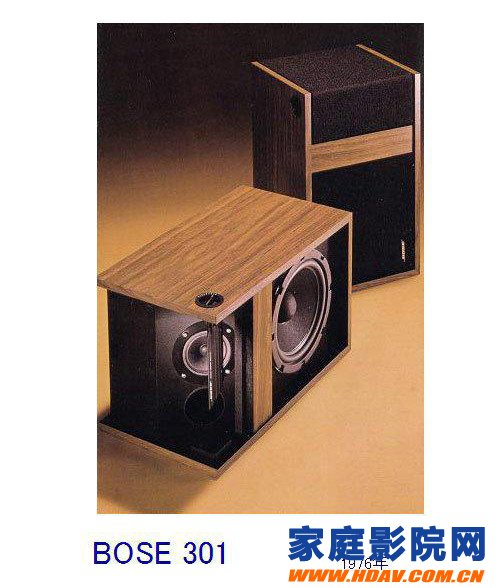
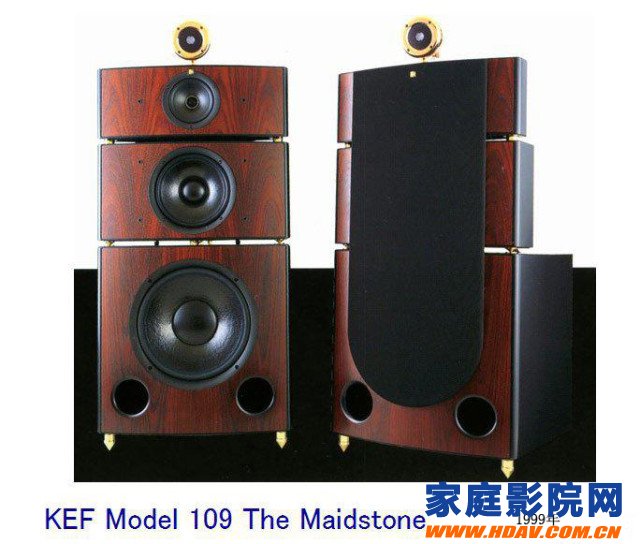
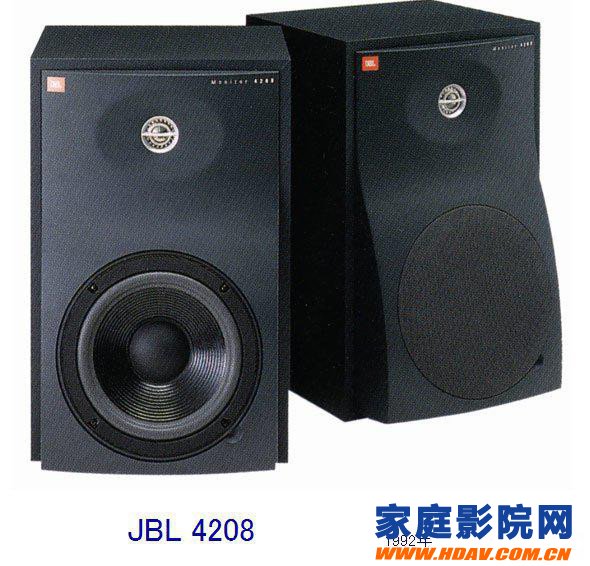

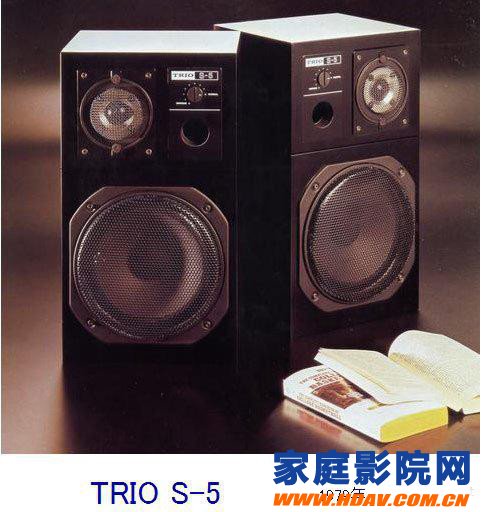
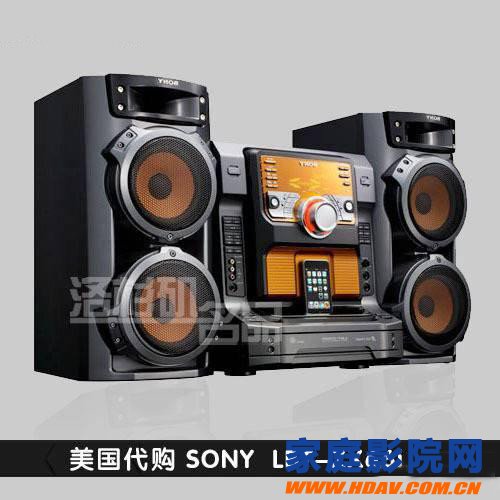

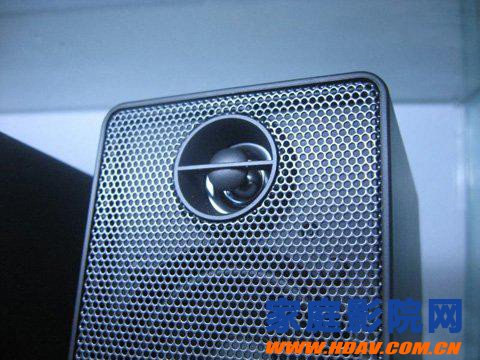
Protective shell structure, exposed wooden structure
Material collision, retro and structural collision
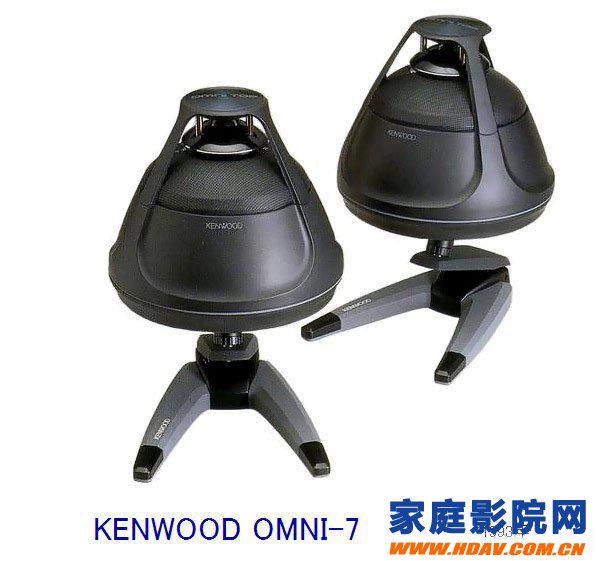
Like an alien machine, a structural skeleton with a sense of strength
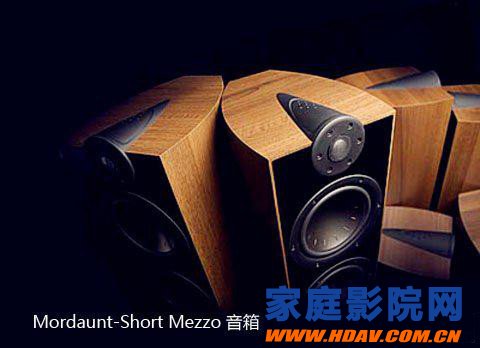
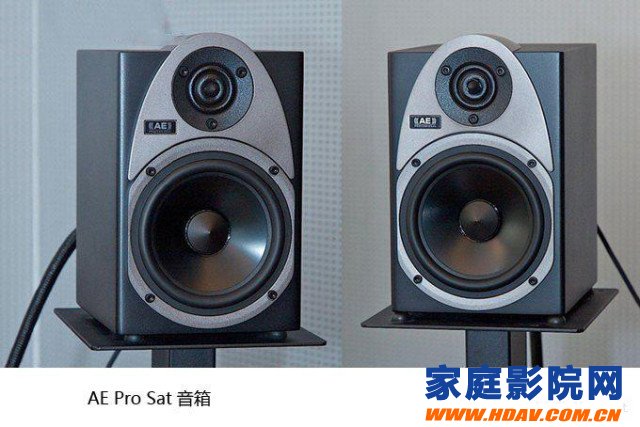
Protruding screw, flange structure, mechanical strength
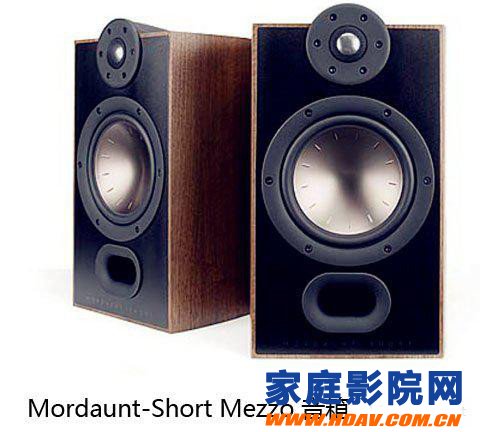
8, building imitation
Our topic begins with building imitation and ends with building imitation. There are also a lot of speakers that imitate the building, from the castle building to the lighthouse.
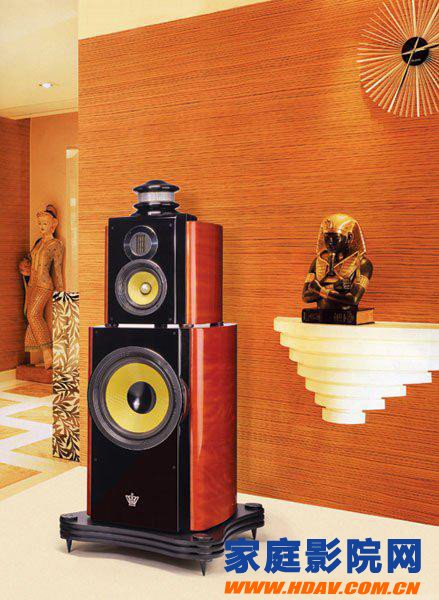
Lighthouse shape
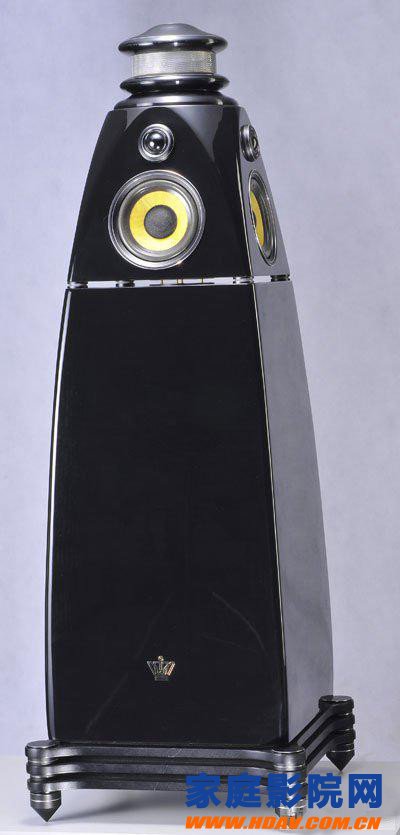
Other shapes
Most of these styles are concentrated in luxury speakers and low-end speakers. In order to cater to the unique taste of luxury speakers, the styles are often very different, and the low-end products are also used in kitsch, and they want to imitate high-end products.



More fresh and fun home theater information, please pay attention to home theater network http:// (WeChat: cnhifi), the country's most influential home theater audio player interactive media website.
Note: This article is transferred from love video. The article is an independent view of the author and does not represent the position of the home theater network.
The fiberglass cloth winding tube made of alkalifree glass fabric and binded with epoxy resin, in heatrolling and tightening, baking and curing, with high mechanical property and stable electrical property in high humidity, suitable for being used as insulation structural parts of mechanical, electrical and electronic equipment.
The epoxy glass fiber sleeve is made of alkali-free glass fiber impregnated with epoxy resin solution and is wound around the axis at an angle of 50 to 60 degrees. It is formed by uninterrupted fiber wet winding and heated and cured after molding Insulation products. The product has high temperature resistance. Good insulation performance, high electrical performance and mechanical strength are easy to be processed, and can be made into B-class, F-class, H-class heat-resistant insulating products according to user requirements.
Product diameter Φ5mm-Φ5000mm, product length> 20mm or more optional, product wall thickness> 2mm or more optional, product shape cylindrical tube, square tube, hexagonal tube, special-shaped tube, oval tube.
Fiberglass Tube,Fiberglass Winding Tube,Pultrusion Fiberglass Tube,Reinforced Pultrusion Fiberglass Tube
Yingkou Dongyuan Electrical Insulation Board Co.,Ltd , https://www.dy-insulation.com
